Church of Santa Engrácia
Portugal's National Pantheon has a history of curses, collapses and financial problems.
The Church of Santa Engrácia has existed in various forms since the 16th Century. Structural collapses and financial woes have seen it change form and lie dormant over the centuries, but not even a curse could stop it from rising once again to become the hallowed National Pantheon in which the most honored Portuguese are laid to rest.
Around 1568, Maria of Portugal, the only daughter of King Manuel I of Portugal and one of the wealthiest women in Europe, sponsored the construction of a church dedicated to Saint Engrácia. It soon became the religious center for a powerful religious sect known as the Brotherhood of the Slaves of the Holy Sacrament.
In 1630, the church experienced is first major incident. In January of that year, the church’s interior was desecrated. Some of its images, statues, a tabernacle and other religious objects were destroyed. The Brotherhood placed the blame on Simon Solis, a member of the Nova Christian faction. Despite having a solid alibi – he had been with a woman (some say a nun) all that night–Solis was taken by the Brotherhood and sentenced to death. His hands were cut off, he was dragged through the streets of Lisbon, and then burned to death on a pyre.
A year later, another man pleaded guilty to the crime, and Solis’s name was cleared but Solis hadn’t died without a fight. In his last days, he cursed the Church of Santa Engrácia, saying how the restoration work would never be completed and the building would be doomed to a state of eternal limbo. His curse almost worked.
The Holy Slaves had decided not only to restore the church but also to rebuild and expand it. These reconstruction efforts were hindered by a succession of problems, both financial and political, troubling Portugal at the time. The rebuilding project was put on hold due to a lack of funds and, in 1681, the inadequately supported church structure collapsed, almost completely destroying the building.
Construction soon began afresh, this time under the watchful eye of João Antunes, the royal architect and one of the most important baroque architects in Portugal’s history. It was Antunes who was responsible for the current church’s unusual but undeniably beautiful design. It was built in the form of a Greek cross (a cross with arms of equal length) with square towers in each corner, undulating walls, and an interior designed with an eye for geometric symmetry.
Before the church was completed, however, Antunes died. In 1712, it sat with an unfinished dome and no lead architect. Fearing past collapses, and perhaps the curse of Solis, doubts were raised about the structure’s ability to support itself. With no one willing to take a financial risk in backing the stalled project, the church remained in an unfinished, precarious state for almost 200 years. Local residents doubted that it would ever be finished, leading to the Portuguese phrase, still in use, of “Obras de Santa Engrácia” (“Works of Santa Engrácia”) a synonym for endless construction projects.
Finally, in 1916, a project began to convert the church into a National Pantheon. It still took 50 years to complete, but it was eventually finished, despite the best efforts of the wronged Simon Solis. Today, the National Pantheon holds the remains of many of Portugal’s most respected modern figures, including past presidents, celebrated writers and Eusébio, Portugal’s greatest sporting hero and one of the best soccer players of all time.
Know Before You Go
The Church of Santa Engrácia is located in the Alfama neighborhood, not far from the Monastery of São Vicente de Fora. It is open Tuesday to Sunday from 10 a.m. to 5 p.m. You can get to the church by bus (buses 12, 28, 34, 35, 704, 745, 759, 781, 782 all go there), tram (line 28), or via the underground (blue line, Santa Apolónia Station).

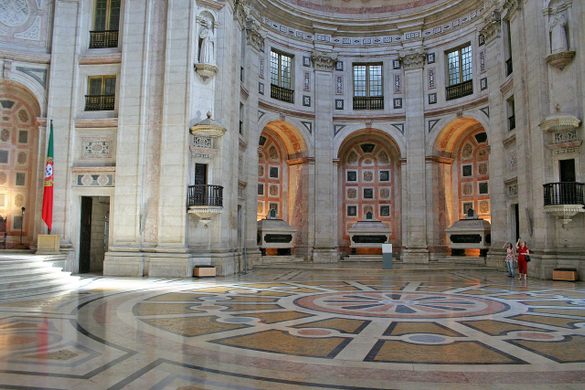
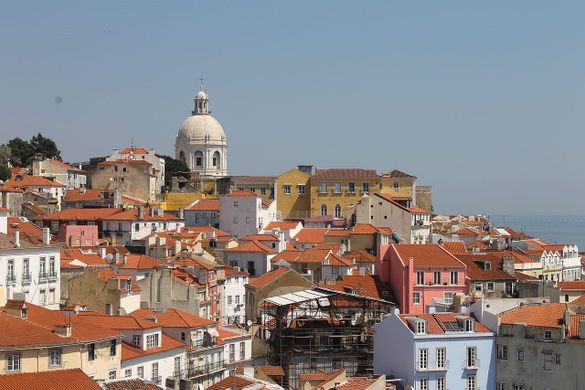
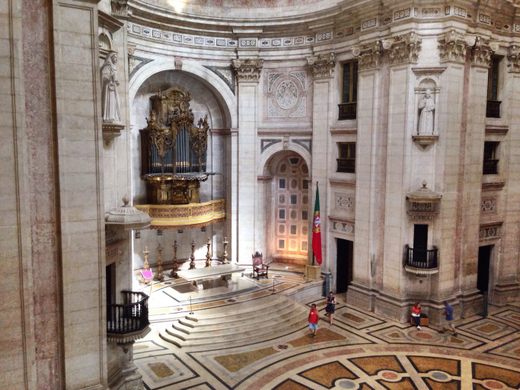
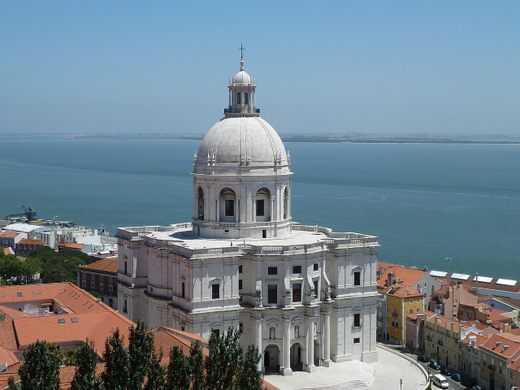

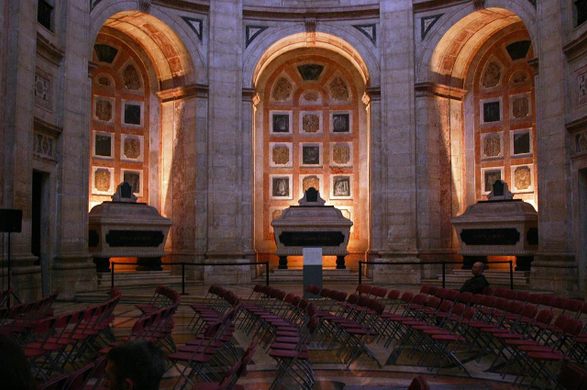








Follow us on Twitter to get the latest on the world's hidden wonders.
Like us on Facebook to get the latest on the world's hidden wonders.
Follow us on Twitter Like us on Facebook